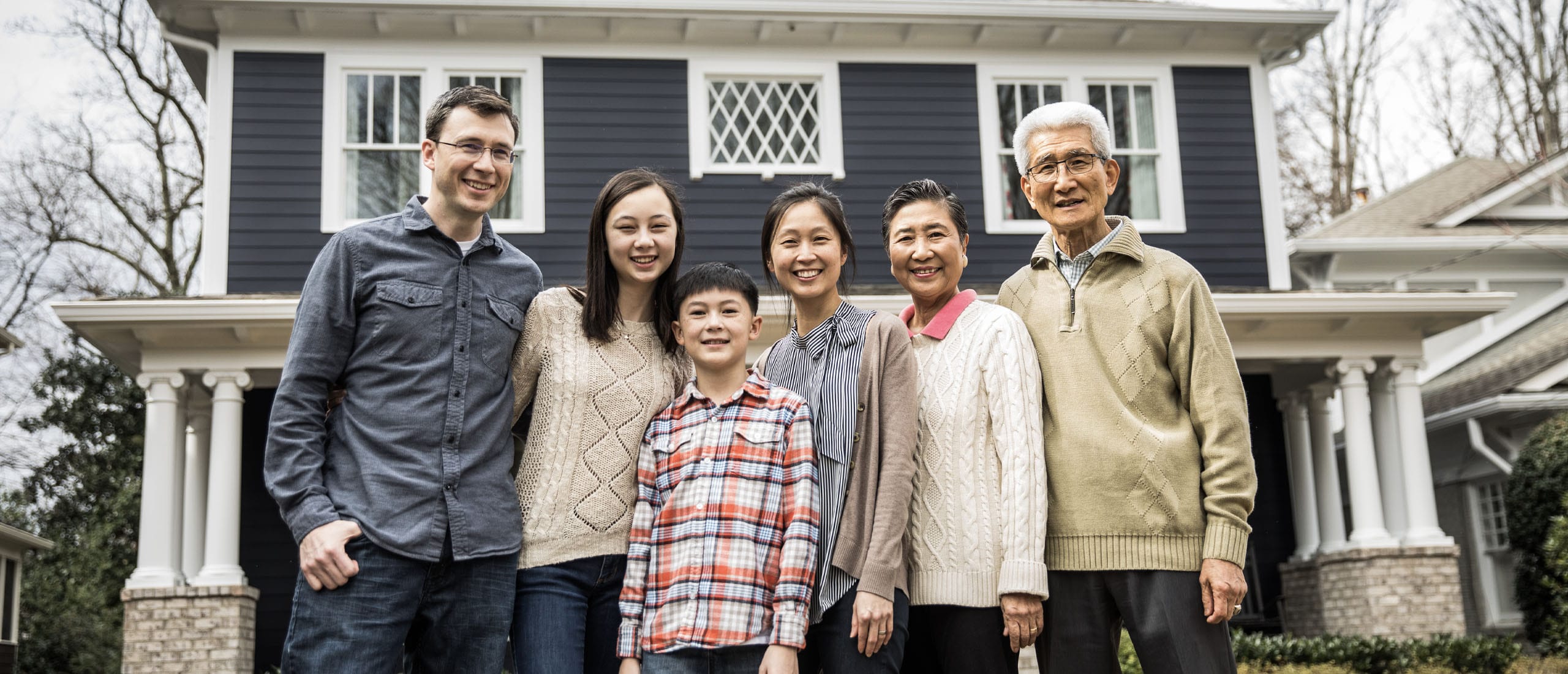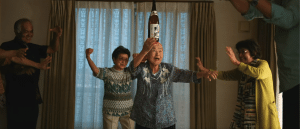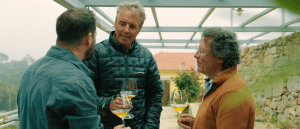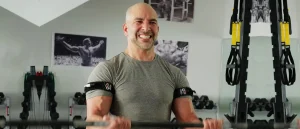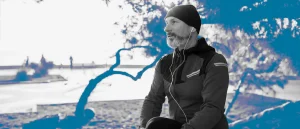The Single Biggest Longevity Factor You’re Probably Overlooking
I
f you’re a longevity buff, you probably have a well-researched supplement stack and a meticulously mapped out exercise regime. But there’s one lifespan-boosting factor that you can’t eat or exercise your way out of needing: community.
Research shows that having a supportive community is critical for longevity. A 2013 study found that adults with a healthy social life were healthier in old age and had a lower risk of mortality (1).
In the four-part Netflix docuseries, Live to 100: Secrets of the Blue Zones, journalist Dan Buettner dives into the communities like Okinawa, Ikaria, Sardinia, and Singapore where people live longer lives. While it’s not much of a shock that diet and exercise play a role, many viewers were surprised at the real game-changing factor: tight-knit community structures.
It’s a sharp contrast to how most Americans live. “In the United States, we have a loneliness epidemic,” says Buettner. “We’re discovering in America that loneliness can cost 15 years of life expectancy.”
Here’s some of the biggest ways community boosts longevity.
Enhanced Relationships
In the last episode of the series, Buettner explores the longevity-boosting policies and community practices of Singapore, a densely populated metropolitan city-state. Buettner talks to an elderly Singaporean man, Tze Huan, who lives with his family instead of being placed in a nursing home.
When asked if he believes this close proximity to his loved ones is improving his longevity, he answers, “Definitely.” Huan also contributes to his household by babysitting and tutoring the younger children while his daughter works full-time. In exchange, his grandchildren teach him how to use a computer.
This household structure is becoming more common in Singapore, after the government introduced the Proximity Housing Grant, per Buettner, which encourages families to live near each other. And older adults who live with their adult children are less likely to experience mental health issues as they age, according to a 2022 study (2).
“We know in the United States when you put an older parent in a retirement home, their life expectancy drops between two and six years,” Buettner says. “So there’s a genius in this idea that you’re not forcing Mom and Dad to live with you, but you incent them to live nearby. It adds life expectancy.”
Financial Support
Okinawan elders form groups, called moai, to provide emotional and financial support to each other post-retirement.
“When I retired in 1983, all I did was go back and forth from the garden to my home. It was boring, so I went around to all the houses and said, ‘Let’s do a moai for 1,000 yen,” an Okinawan woman tells Buettner. “One of our friends fell when they went to the bathroom at night and is in the hospital. Our moai is continuing to help by pooling our money and giving it to them.”
Moai and similar social circles have benefits beyond financial security, according to Buettner. In one 2023 study of over 28,000 older adults, researchers found that how much they socialize was directly linked to how long they lived (3).
Better Care
“Normally, when you see a lot of old people you also see a lot of nursing homes. Not here,” Buettner says on his trip to Sardinia. “In fact, I never saw a nursing home in this entire Blue Zone.”
“People in Blue Zones keep their aging family members nearby where they can get better care,” Buettner says. “One of the quickest ways to take life expectancy away from your parents is to put them in a retirement home.”
More Movement
In Ikaria, an island in Greece, communities throw age-inclusive, all-night parties called Panegyris. But these get-togethers are so much more than drinking wine and dancing—they may also contribute to the longevity of Ikarians.
“You look at it, and you might say, ‘Well, big deal. They’re at a party.’ But actually, an hour of running or an hour of dancing are about equal when it comes to caloric burn,” Buettner says. “And laughter is good for our arteries. It’s good for heart disease. And community, connection is the prescriptive to longevity.”
References
1. Tiernan, et al (2013). Community Engagement: An Essential Component of Well-Being in Older African-American Adults.
2. Lee, et al (2022). Coresidence of Older Parents and Adult Children Increases Older Adults’ Self-Reported Psychological Well-Being.
3. Wang, et al (2023). Association between social activity frequency and overall survival in older people: results from the Chinese Longitudinal Healthy Longevity Survey (CLHLS).



